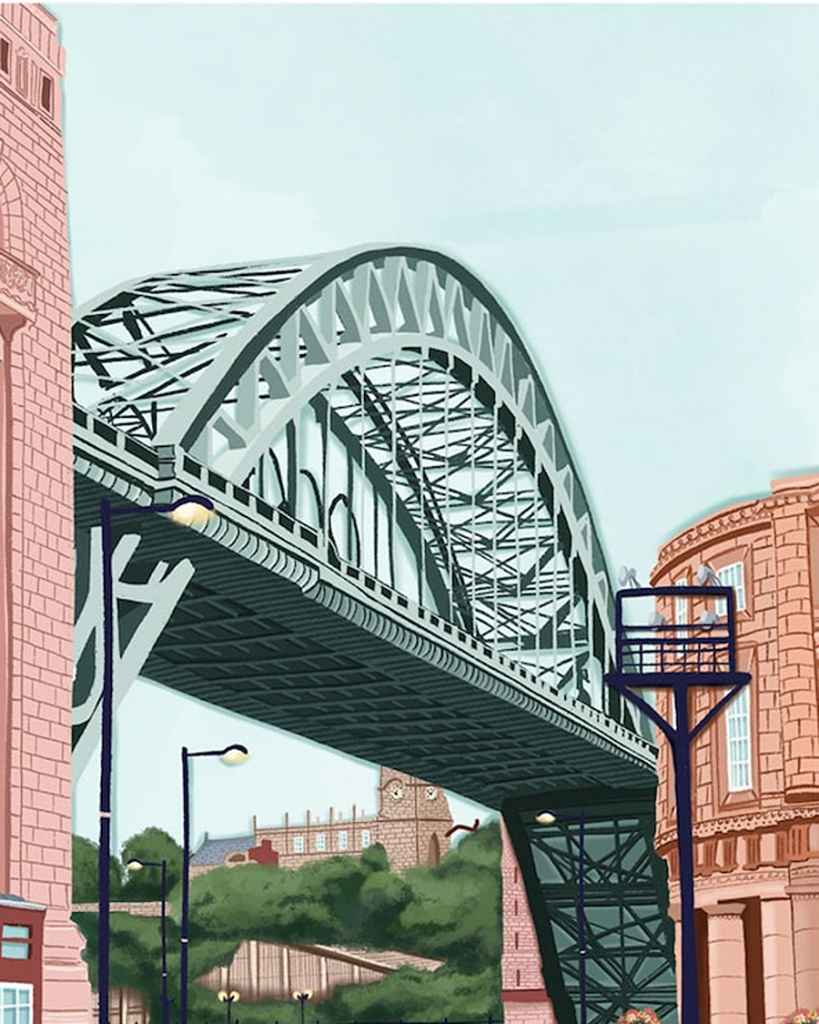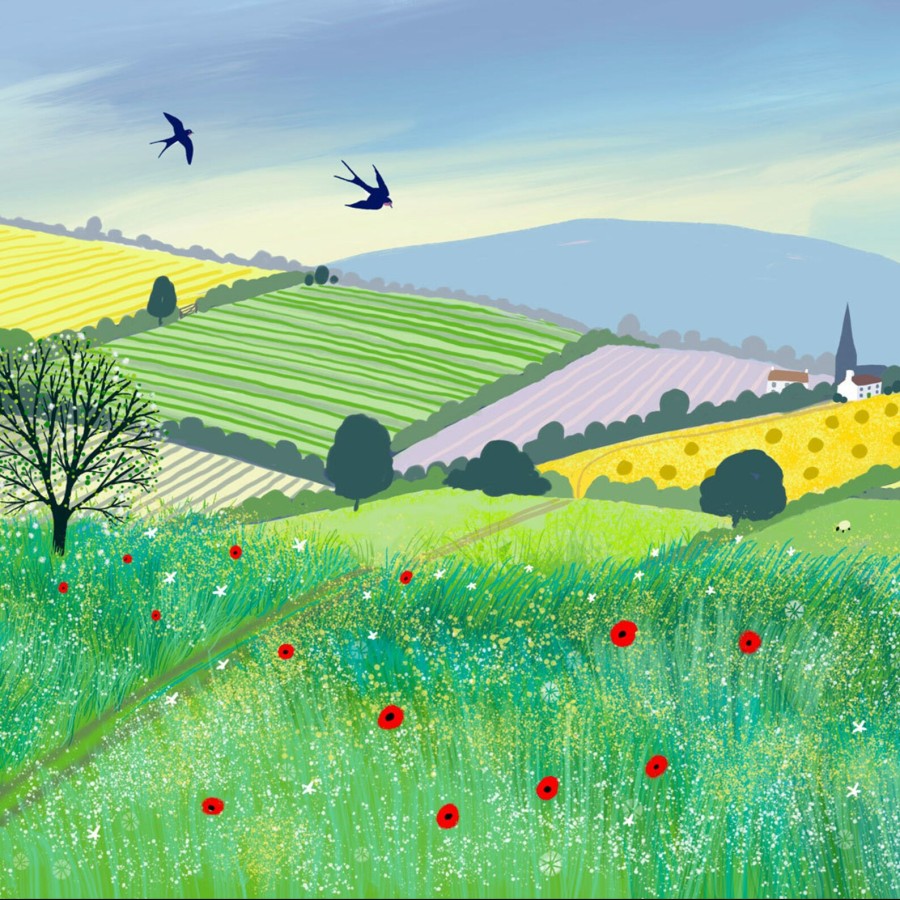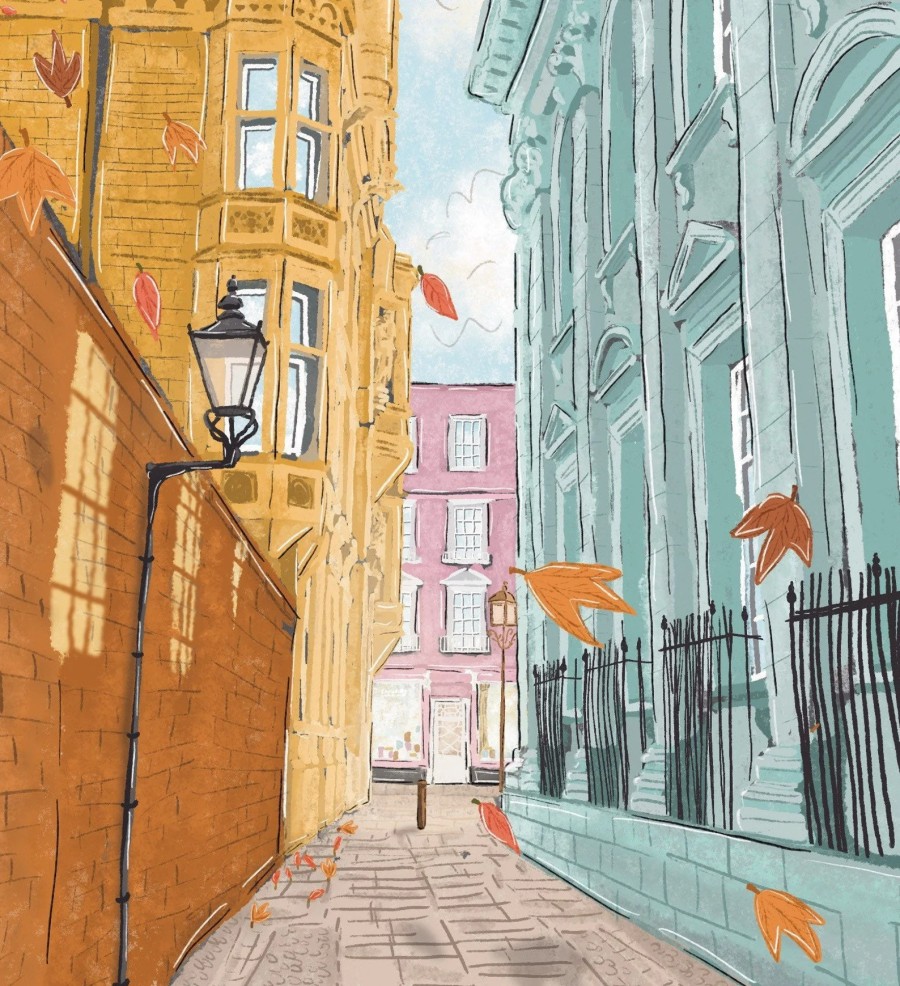
Ecological writer Satish Kumar once wrote that ‘unless you know Nature, you cannot love her’. Likewise, if we wish to protect England’s green and pleasant land, it’s important to get to know why. People who drop fast food litter, pollute our seas with oil and hunt our precious wildlife, obviously were never taught all about why our land is so beautiful and precious.
Tyne and Wear houses both Newcastle and Gateshead, both overlooked by the Angel of the North statue, which many people don’t like, saying it could cause traffic accidents and looks like a Nazi propaganda statue. This area is very political, and only voted Tory in 2019, the first time in decades.
the port city of Sunderland
Sunderland sits at the mouth of the North Sea, on the River Wear. With around 168,000 people, it’s the second most populous area in northeast England after Newcastle. The area of Monkwearmouth used to house a Benedictine monastery (Northumbria was home to many Catholic saints including St Cuthbert who lived as a hermit on Lindisfarne). The ruins are now a Grade 1 listed building and World Heritage Site. Founder Benedict Biscop is the patron saint of Sunderland.
Like most northern cities, it was very wealthy back in the day due to export of coal, salt and ships (it was easy to import sand from the Baltic Sea, so it also exported glass which was used to build London’s Crystal Palace). As trade disappeared and heavy bombing during the War, today it’s mostly known for its successful football team. There are several historic public parks including Herrington Country Park (which houses 100 species of birds) and Mowbray Park (once voted best in England).
Most people in this Labour strongheld city live south of the river, which extends out to coastal areas including Seaburn (a quiet affluent resort where painter LS Lowry spent his holidays). He holds the record for rejecting honours (five times, including a knighthood). Devoted to his mum, he apparently explained ‘There seemed little point, once Mother was dead’.
In recent years, Sunderland has had a massive regeneration project. However sadly like so many other cities, this appears to be about turning former shipyards not into homes or public spaces, but into large shopping centres with multiplex cinemas, car parks, a casino, ten-pin bowling and luxury apartments. It’s turning into a ‘clone city’ rather than retaining its heritage and affordability for all.
In recent years, Tesco bought a big area of ‘brownland’ in the city centre, and said it would only sell to Sunderland Arc (who wished to build homes, office space and a new Crown & Magistrate’s court) if it could have alternative space in the city (who runs our cities – councils or supermarkets?) No matter who wins, that’s another big supermarket to drown out local shops. But you can still leave the city using England’s most popular long-distance cycle route – of C2C (sea to sea – ending on Roker beach). The W2W (Wear-to-Walney) and Two Rivers (Tyne and Wear) routes also end here.
Sunderland has a rich literary heritage (the area is believed to have inspired Lewis Carroll’s book Alice in Wonderland). Musicians hailing from here are Dave Stewart (of the Eurythmics) and DJ Lauren Laverne (who also played guitar in the band Kenickie). The Sunderland Empire Theatre is sadly now best known as where Carry On actor Sid James died of a heart attack while on stage in 1976. There is a rumour that Les Dawson refused to play there again, after seeing Sid’s ghost in his dressing room.






